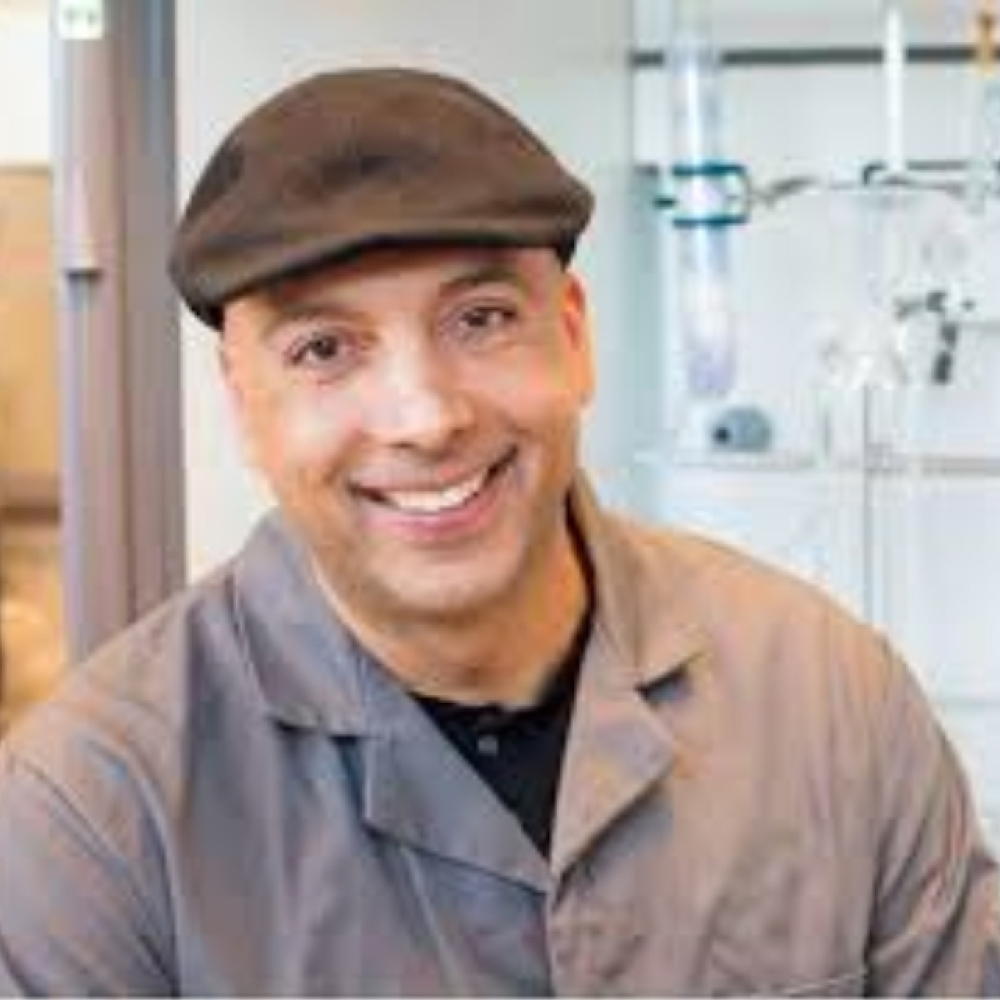
Department
Eligible to Supervise
Biology Graduate ProgramWebsite
Yousaf Research GroupContact
Office Location Life Sciences Building, 431CPhone Number (416)736-2100 x 77712 (Voicemail)
Research Focus
The Yousaf Group’s research program is interdisciplinary in nature and currently focuses on 4 separate research programs based in chemistry that interface organic, bioanalytical, chemical biology and biomaterials research.
Students and postdoctoral research associates working in the group are exposed to many diverse research areas that encompass analytical chemistry, synthetic chemistry, material science, live–cell high-resolution microscopy, biochemistry and cell biology tools among many other techniques. Although we are broadly interested in several research areas, the main long-term research goal is to interface chemistry and material science with cell biology to study a range of complex processes related to cell behavior, to develop bioanalytical tools for various biotechnologies and to develop and employ biomaterials for regenerative medicine applications.
Surface Chemistry/Microfluidics/Microarrays/Nanoarrays. Interfacing surface chemistry, advanced microscopy techniques and microfluidics with cell biology to study a range of cell behaviors and to develop new biotechnology assay platforms.
This research program aims to bridge material science and cell biology with synthetic organic chemistry to develop new surface chemistry and biophysical tools to study the internal and external cues that are critical for cell polarization and cell migration. We also develop new types of biomolecular microarrays and nanoarrays compatible with MALDI mass spectrometry for a range of small molecule and proteomic studies.
Organic Chemistry/Bio-Organic. A Solution Based Switchable Chemoselective Redox Responsive (CRRL) Ligation and Release Strategy for Bioconjugation (a reversible bio–orthogonal ‘click’ chemistry).
This research program aims to use synthetic organic chemistry to develop a general dynamic ‘click’ conjugation and release strategy for new applications in chemical biology and material science.
Chemical Biology/Tissue Engineering. Developing Liposome Fusion strategies for cell surface tailoring in order to spatially and temporally control cell-cell interactions for stem cell differentiation and as a chemoselective Tissue engineering based therapy.
This research program aims to integrate synthetic organic chemistry with cell biology to tailor cell surfaces with bio–orthogonal functional groups for subsequent control of cell assembly and disassembly for stem cell differentiation and tissue engineering applications.
Biodegradable Polymers/Hydrogels. Developing novel polyketoesters that can be molded into films and particles as biodegradable, non-cytotoxic materials for tissue engineering scaffolds and as nanoparticle delivery reagents. Programmable hydrogels with control of 3D ligand presentation for studies of cell behavior and regenerative medicine applications.
This research program aims to develop new polyketoester polymers and chemoselective hydrogels for a range of biomaterial and tissue engineering applications.
Representative publications:
General Dialdehyde Click Chemistry for Amine Bioconjugation. S. Elahipanah, P. J. O'Brien, D. Rogozhnikov, M. N. Yousaf Bioconjugate Chem. 2019, 28, 1422-1433.
Bio-Orthogonal Mediated NucleicAcid Transfection of Cells via Cell SurfaceEngineering. Paul
J. O’Brien, Sina Elahipanah, Dmitry Rogozhnikov, and Muhammad N. Yousaf*. ACS Central Science 2017, 3, 489-500.
- Highlighted in C&E News. Volume 95, Issue 23, June 1, 2017
Scaffold Free Bio-orthogonal Assembly of 3-Dimensional Cardiac Tissue via Cell Surface Engineering. Dmitry Rogozhnikov, Paul J. O’Brien,Sina Elahipanah and Muhammad N. Yousaf*. NatureScientific Reports. 6, 39806.
- Highlighted in Faculty 1000 Highlighted in CBC News
- News Feature in CP24 (Toronto News)
- News Feature in Johns Hopkins University Medical School.
- Highlighted in over 100 news articles around the world
Generation of a Scaffold-Free Three-Dimensional Liver Tissue via a Rapid Cell-to-Cell Click Assembly Process.Dmitry Rogozhnikov, Wei Luo, Sina Elahipanah, Paul J. O’Brien,and Muhammad
N. Yousaf*Bioconjugate Chem. 2016, 27, 9, 1991–1998
Rewiring Gram-Negative Bacteria Cell Surfaces with Bio-Orthogonal Chemistry via Liposome Fusion.Sina Elahipanah, Parham Radmanesh, Wei Luo, Paul J. O’Brien, Dmitry Rogozhnikov, and Muhammad N. Yousaf. Bioconjugate Chem.2016. 27, 1082-1089.
A Dual Receptorand Reporter for Multi-Modal Cell Surface Engineering. W.Luo, N. P. Westcott,
D. Dutta, A. Pulsipher, D. Rogozhnikov, J. Chen, M.N. Yousaf*. ACS ChemicalBiology, 2015. 10, 2219-2226.
- Highlighted in Faculty 1000.
- Highlighted in Virtualjoint ACS ChemicalBiology/Bioconjugate Chem. for high impactPublications. 2016.
Spheroid and Tissue Assemblyin Microfluidic Flow.P.J. O’Brien, W. Luo, D. Rogoznikov, J. Chen, M.N. Yousaf*. Bioconjugate Chem. 2015. 26, 1939-1949.
- Highlighted in Faculty of 1000





